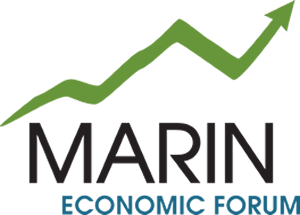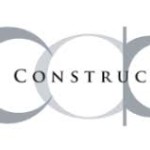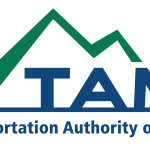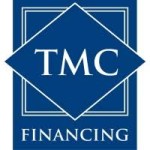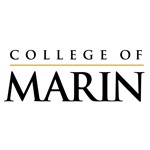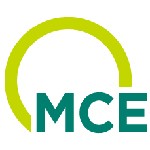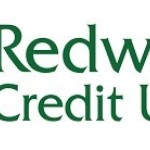On May 4 Marin Economic Forum (MEF) hosted a briefing on “Marin’s Housing Shortage – Costs and Potential Solutions,” where our economists presented extensive research and analysis on the impact of our chronic lack of housing supply.
Some impacts are explicit, like having some of the worst traffic in the North Bay.
Other impacts are less explicit for most of us, such as Marin’s ranking for the highest minority income disparity in the state of California.
Our analysis calculated the costs for Marin County businesses, small and large, from lost consumer spending to challenges employers face in hiring and retaining the workforce needed to run their businesses. Marin employers report a lack of housing is causing serious workforce problems with over 60 percent of workers and over 70,000 cars commuting to Marin each day.
These commuters fill important jobs we all rely on at local hospitals, schools, banks, hotels, salons, restaurants, parks, fire stations, theaters, car repair, and every other service and management job you can name.
Do we need more affordable and workforce housing? Yes, and yes.
Workforce housing actually is affordable housing: the costs in Marin are so high that a working couple making a respectable combined living up to $150,000, which is 66.8 percent of Marin’s population, struggle to purchase or afford market-rate housing and do not qualify for affordable housing based on the area’s median income (AMI) level.
Our research also revealed that our housing shortage is largely responsible for the high inequity we have between whites and under-represented groups. We all know Marin is an expensive place to live, but the threshold many face to enter homeownership is a much higher percent of income for minority populations (African-American and Hispanic households primarily).
Because homeownership is a key pathway to wealth building, people of color experience significant inequity in their ability to build wealth, thus creating wide disparity. All of us in the public and private sector should be alarmed and motivated to do something to change this dynamic.
Marin Economic Forum’s role is to understand the economy — its strengths, weaknesses and trends — and advise on which elements, economic threats in particular, deserve our greatest attention. Of concern to MEF is that the current housing shortage situation is untenable.
The housing condition negatively affects our traffic, employers and a good portion of our residents. Worse, the trend is ominous. Our economists’ forecast demand in Marin of about 9,000 new jobs by 2022, dominated largely by health care workers we will need to take care of our aging population. As a community, MEF advises we pay attention to the wave that is coming and collaboratively prepare for it now. Surely, we will not be satisfied with a “do-nothing” plan that would assume 9,000 more cars on our roads.
In preparing for our May 4 event, we spoke with many stakeholders and heard the concerns about infrastructure, the need for a well-trained workforce, environmental considerations and our non-negotiable priority to protect our natural assets. All these are legitimate issues and essential components to economic health and our quality of life. Housing, transportation, infrastructure, social equity, robust employment and a strong workforce are inextricably linked to one another.
Given these complexities and the associated costs, we should start planning for sustainable growth now using a thoughtful approach and in accordance with the character of our towns and landscapes. While there will be dissent, MEF believes we can and should add housing, specifically in strategic infill areas and near transit in such a way that is additive, not diminutive, to our community.
